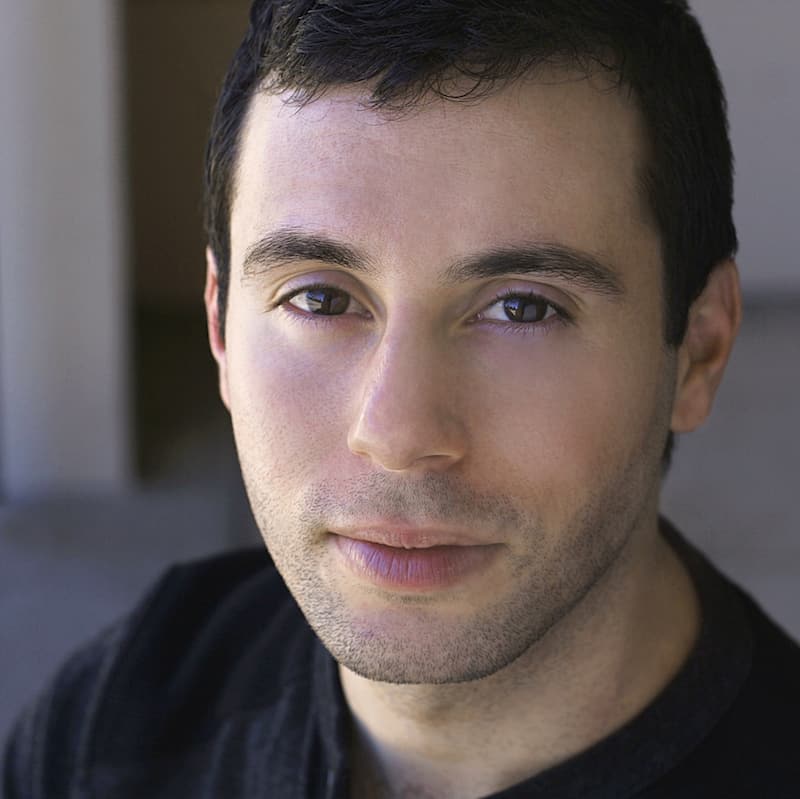Fusion’s particle system gives a nearly limitless amount of options for creating cool effects.
You can really spice up your shapes, logos, or text with these effects so your motion graphic projects are unique.
This tutorial also shows the power of using expressions and custom controls. It may make time to really understand some of these concepts, but stick with it and you’ll be able to do just about anything!
This 3-part tutorial is using Fusion Studio, but everything applies in DaVinci Resolve. One exception is the Proxy button below the viewer. To access that setting, just right click on the toolbar with the play controls.
In video #1 from Noah Hähnel, you’ll learn about:
- 01:45 Disable the Viewer Controls
- 02:15 Change the Mask Resolution
- 02:30 Transform Node
- 03:20 Animating the Length of the Spline
- 04:18 Spline Editor
- 05:25 Duplicate Node
- 06:05 Angle Expression
- 07:05 Creating a new Slider Control
- 08:30 Animating the new Rotation Control
- 09:00 Animating the Time Offset
- 09:50 Animating the Border Width
- 10:20 Enabling Proxy Mode
- 10:50 Creating the colors with Backgrounds
- 12:30 Transfering the Color to the Animation (Channel Boolean)
- 13:10 Spline Editor Show only selected Tool
- 13:53 Animation to 3D by using Imageplane3D
- 14:27 Looking through the Camera
- 14:50 Animating the Camera
- 15:54 Render the 3D Animation with Render3D
- 16:15 Disable checkered Background
In video #2, you’ll learn about:
- 00:14 Creating Instances
- 00:45 Deinstance Controls
- 01:10 Pin Nodes to the Inspector
- 01:25 Emitter Position Expression
- 02:01 Animating the Length Control
- 02:35 Animating the Border Width Control
- 03:20 Adding Color to the Emitter Animation
- 03:43 Creating the Emitter with pEmitter
- 04:05 Turn pEmitter into an Image Emitter
- 04:27 Particle Color from Image
- 04:40 Particle Style
- 05:05 Particle Velocity
- 05:30 pTurbulence
- 05:58 Adding an extra Noise to the Turbulence
- 07:20 pFriction for Air resistance
- 07:50 Adding more Particles
- 08:10 Tweaking the Particle Style
- 08:40 pRender Node
- 09:05 Bring Camera movement to the Particles
- 09:35 Rendering Particles
- 09:45 Merging Animation and Particles
- 10:08 Creating a light effect for the Particles
- 11:05 Particle Motion blur
- 12:41 Vector Motion Blur
- 13:18 Introduction for the next Part
In this video #3, you’ll learn about:
- 00:00 VolumeFog Explanation
- 00:43 Creating the VolumeFog 3D Scene
- 01:15 Rendering World Position Pass
- 01:40 VolumeFog Node
- 02:08 Adding Noise
- 02:30 Camera movement to VolumeFog
- 03:20 Animation to VolumeFog
- 04:15 Resize Node
- 04:40 Animating the VolumeFog (Current frame/time Expression)
- 05:10 Merging Godrays and Animation
- 05:31 Positioning the Volume on our Animation
- 06:30 Streaky Godrays
- 07:30 Tweaking the look
- 08:15 Motion Vector Pass
- 09:00 Suppress Aux Channels for transparent Pixels
- 10:00 Disable Alpha Channel

Gedaly is the Founder and Lead Educator of DVResolve.com and is Blackmagic Design Certified Master Trainer. He’s edited commercials for major brands and has done color & VFX for independent films. He consults on post-production workflow and creating online education. Gedaly is the co-founder of Working.Actor, a former marketing manager for large brands, and creates original film projects with his production company Razee.
